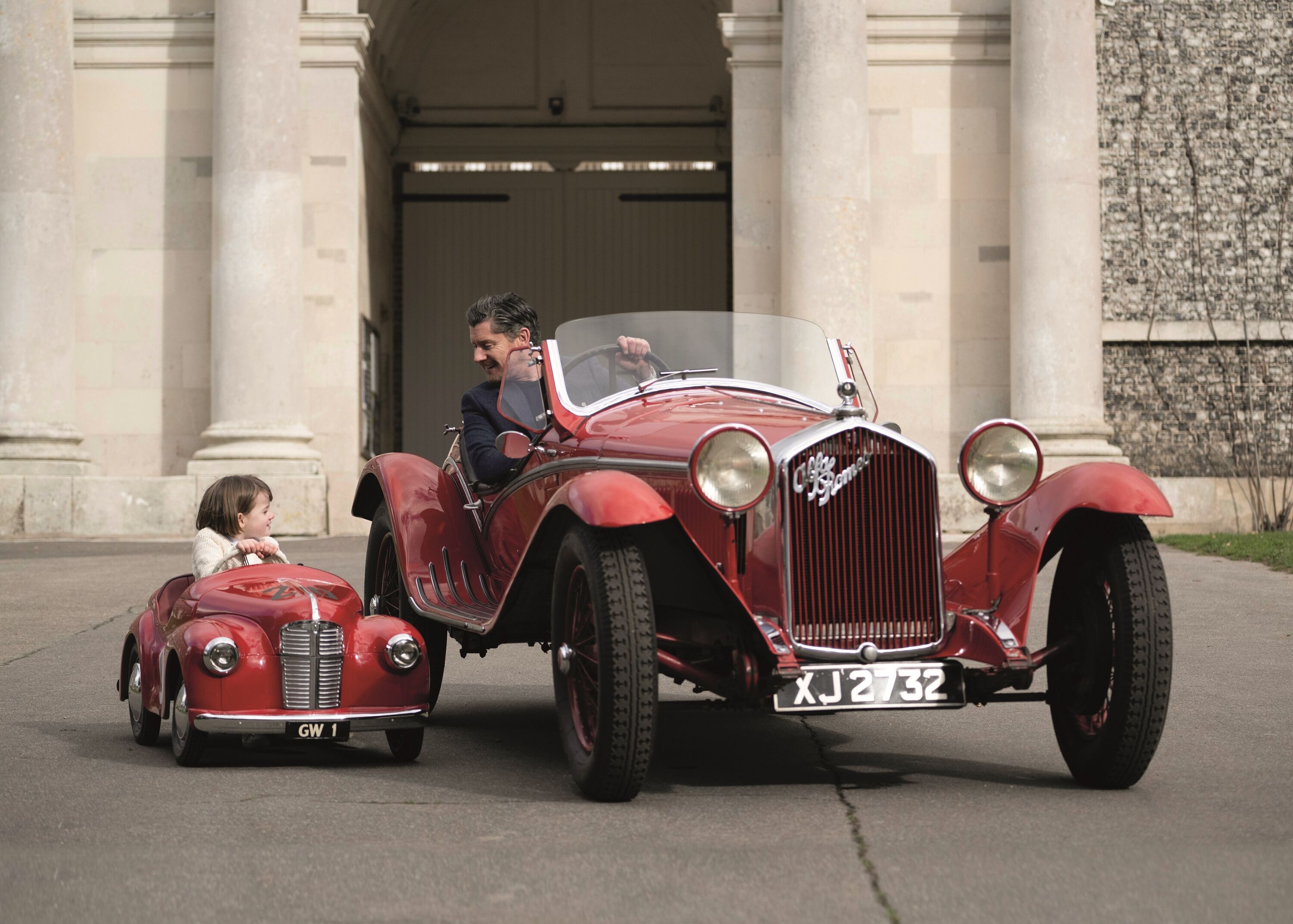Dan Trent: Fast Seat Leons have always been brilliant
 Dan Trent
Dan Trent
As I write, I'm fresh back from driving the freshly updated SEAT Leon Cupra, now with 296bhp and a most appealing combination of bits from VW's 'MQB' parts bin. Expert at exploiting economies of scale, VW is a past master of sharing common parts across all its brands, be that VW Up!, offshoots from SEAT and Skoda, to the shared carbon and aluminium platform underpinning the Audi R8 and Lamborghini Huracan.
When it works for VW's in-house brands they benefit from the group's massive investment in engines, platforms and technology and are 'gifted' cars they'd no way be able to develop on their own. There are risks, however. Just ask those using certain diesel engines, for instance.
In the case of hot Seats, though, the results have generally been good. The new Leon Cupra I've just been driving has the power of a Golf R and costs about the same as a GTI while getting much of the kit VW charges extra for as standard. Seat is geographically and emotionally far enough away from Wolfsburg, that it seems to get the freedom to tune and calibrate the cars to be a little more expressive and emotional than their German-branded relatives too. Sadly, the new car seems pinched just a little too hard by group politics, VW seemingly keeping Seat in its box to avoid harming sales of its own product.
Inevitably this got me looking further back into the history of the hot Leon, inspired by Seat's decision to bring along a few examples from its historic fleet. I've always loved the first generation cars too. The platform underpinning them was Mk4 Golf, shared also with the first-generation Audi TT and the contemporary A3 among others. A solid start. The hot versions of the Leon got the Audi-built 1.8-litre five-valve engine shared with the S3 and TT, putting out 221bhp – seriously spicy for the time. Audi also donated the interior fixtures and fittings (hand-me-downs don't come much better) while Seat lifted the Teutonic sobriety just enough to make it look exciting. So it goes like stink and has a nice environment in which to enjoy the performance.
Best of all, though, it looks fabulous. The current Leon is a timid Audi-alike with some token 'expressive' surface detailing. The Mk1 Leon, however, is a genuinely beautiful car. I'd go as far as saying it's one of the most handsome hatchbacks ever built, the long bonnet, low-slung lines and vaguely Alfasud-ish rear end perfectly proportioned and still handsome to this day.
The late-model Cupra R it is then, complete with that 221bhp engine, the Brembo brakes and the gorgeous 18-inch wheels. The only problem is finding one that's not been mucked about with. Cheap to buy and easy to tune, let's just say a sizeable number of Leon Cupras have fallen victim to the modding crowd. I can appreciate why people would want to do this but, at the same time, there's not much wrong with the standard car. Luck would have it there's a nice one for sale here, albeit with the kind of capitalised 'ONE LADY OWNER' boast that would usually have me running a mile. Further examination would suggest there is hope, though, it seemingly being unmodified and with a full main dealer history. £4,500 might sound a lot for a 12-year-old Leon but as a price for saving it from modified ignominy, it sounds worth paying.
Dan Trent
seat
Leon















